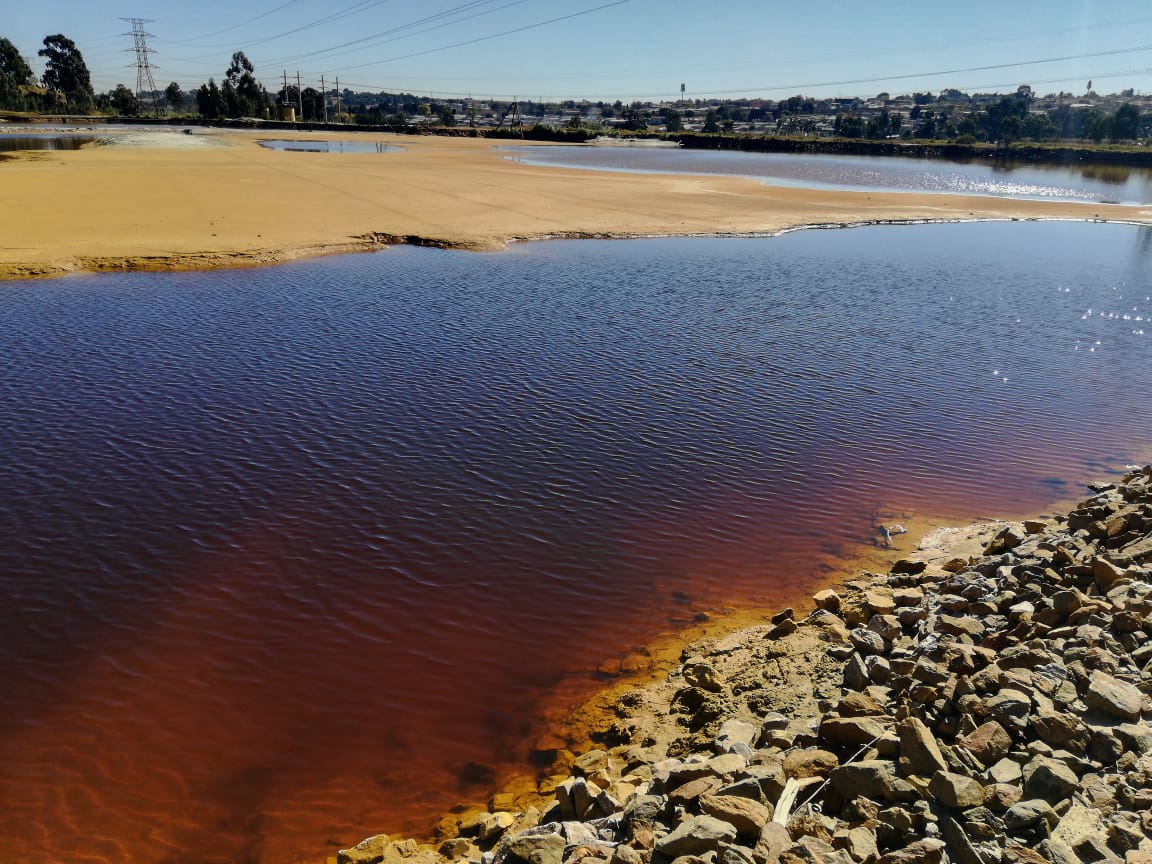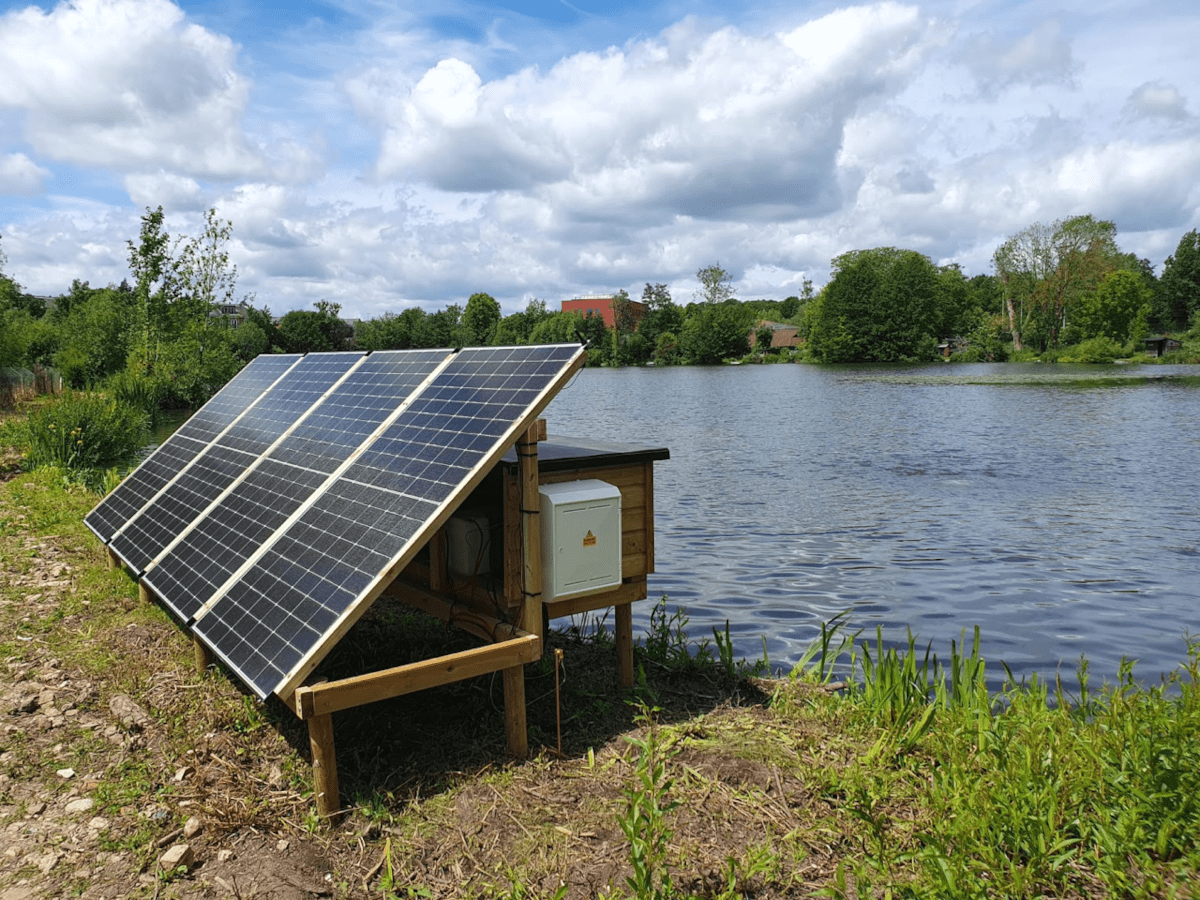Retention ponds and wetlands constructed as part of major road schemes can reduce the quantities of tyre particles entering the aquatic environment by an average of 75%, new research appears to show.
The latest study, by Plymouth Marine Laboratory, analysed samples collected alongside some of the busiest routes in South West England and the Midlands, many used by more than 100,000 vehicles each day.
Tyre particles were discovered in each of the 70 samples taken, confirming the findings of previous research which has shown them to pose a considerable environmental threat.
However, the presence of wetlands and retention ponds led to an average reduction of almost 75% in the mass of tyre wear particles being discharged to aquatic waters, thus providing protection for rivers and the ocean beyond.
Easy come, easy go?
The study also found that tyre wear particles significantly outweighed other forms of microplastics, such as plastic fibres and fragments, in the samples collected but that they were also removed in far greater quantities.
The researchers say that while the number of retention ponds and wetlands is quite small, in terms of the UK’s entire road network, the study has international significance as to the most effective ways to mitigate against the potential impacts of tyre pollution on a global scale.
They have also recommended that the maintenance of retention ponds and wetlands should be considered a major priority so that their apparent benefits, when it comes to reducing the flow of tyre particles from roads to rivers, continue to be realised.
The research is published in the Environmental Science and Pollution Research journal, and was carried out by scientists from the University of Plymouth and Newcastle University. It was funded by UK National Highways.
Florence Parker-Jurd, Associate Research Fellow in the University of Plymouth’s International Marine Litter Research Unit, is the study’s lead author.
She said: “Retention ponds and wetlands are constructed as part of highways projects primarily to attenuate flow and prevent downstream flooding, but also to remove pollutants. This study set out to establish if these existing drainage measures in place along parts of the UK’s strategic road network have the potential to halt the spread of tyre pollution. Our results are positive in that regard, and provide a much improved understanding on the extent and nature of tyre pollution. Similar drainage assets are used on a global scale; hence these results are of broad relevance to the management of tyre wear particle pollution.”

Quantifying microplastics with chromatography
Dr Geoff Abbott, Reader in Organic Geochemistry in the School of Natural and Environmental Sciences (SNES) at Newcastle University, has previously developed a breakthrough method using pyrolysis-gas chromatography-mass spectrometry (Py-GC-MS) to detect tyre-derived particles in the environment.
He explained: “Py-GC-MS is a really productive approach that can unravel and quantify the monomeric components of microplastics in the environment. We used it to identify specific components of micro- and nanoplastics that can be unequivocally linked to vehicle tyre tread. That has enabled us to get hard numbers on the total amount of tyre wear particles that are collecting in the influent, effluent, and sediments of the retention ponds and wetlands in this study.”
The new research builds on previous studies involving researchers from Plymouth and Newcastle showing that tyre particles can be transported directly to the ocean through the atmosphere or carried by rainwater into rivers and sewers.
Professor Richard Thompson, Head of the International Marine Litter Research Unit, is senior author on the study. He added: “Tyre particles are thought to be among the greatest sources of microplastic pollution worldwide. This finding suggests that existing features of the road network can halt their flow into rivers and seas. But the number of these features is small compared to the total road network and our earlier work has shown substantial quantities of tyre wear particles are dispersed by wind rather then water. Ultimately, we need to seek more systemic solutions perhaps via improved vehicle tyre design.”
Professor Thompson is also currently leading the ongoing TYRE-LOSS project, which aims to highlight the effects of tyre pollution in the marine environment.

















